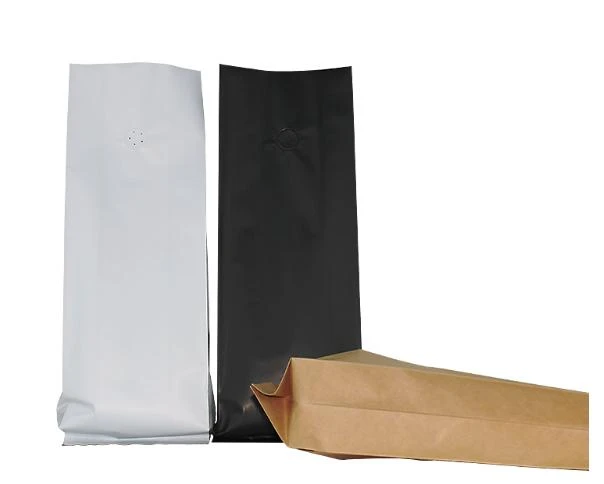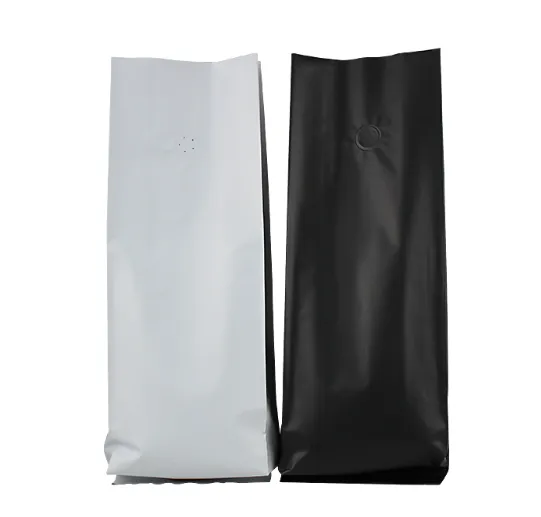Email: enid@bc-pak.com
Tel: 86-757- 88811186
- Afrikaans
- Albanian
- Amharic
- Arabic
- Armenian
- Azerbaijani
- Basque
- Belarusian
- Bengali
- Bosnian
- Bulgarian
- Catalan
- Cebuano
- chinese_simplified
- chinese_traditional
- Corsican
- Croatian
- Czech
- Danish
- Dutch
- English
- Esperanto
- Estonian
- Finnish
- French
- Frisian
- Galician
- Georgian
- German
- Greek
- Gujarati
- haitian_creole
- hausa
- hawaiian
- Hebrew
- Hindi
- Miao
- Hungarian
- Icelandic
- igbo
- Indonesian
- irish
- Italian
- Japanese
- Javanese
- Kannada
- kazakh
- Khmer
- Rwandese
- Korean
- Kurdish
- Kyrgyz
- Lao
- Latin
- Latvian
- Lithuanian
- Luxembourgish
- Macedonian
- Malgashi
- Malay
- Malayalam
- Maltese
- Maori
- Marathi
- Mongolian
- Myanmar
- Nepali
- Norwegian
- Norwegian
- Occitan
- Pashto
- Persian
- Polish
- Portuguese
- Punjabi
- Romanian
- Russian
- Samoan
- scottish-gaelic
- Serbian
- Sesotho
- Shona
- Sindhi
- Sinhala
- Slovak
- Slovenian
- Somali
- Spanish
- Sundanese
- Swahili
- Swedish
- Tagalog
- Tajik
- Tamil
- Tatar
- Telugu
- Thai
- Turkish
- Turkmen
- Ukrainian
- Urdu
- Uighur
- Uzbek
- Vietnamese
- Welsh
- Bantu
- Yiddish
- Yoruba
- Zulu
different types of packaging
Views :
Update time : Th2 . 12, 2025 02:49
Packaging is not merely a protective layer around products; it is an essential component that communicates brand values, influences purchasing decisions, and even contributes to sustainability efforts. Understanding the various types of packaging will help businesses choose the best options that align with their product requirements and consumer expectations.
Tertiary packaging focuses on bulk handling and distribution, maximizing efficiency through standardized pallets and crates. These solutions streamline warehousing and transport operations, reducing breakage risks and optimizing space. The reusable nature of pallets makes them a sustainable choice, contributing to closed-loop supply chains. Innovative packaging solutions cater to evolving consumer demands and technological advances. Smart packaging, equipped with QR codes or NFC chips, enhances consumer interaction by providing instant access to product information, tutorials, or brand stories. Active packaging solutions, like oxygen scavengers or ethylene absorbers, extend the shelf life of fresh produce and sensitive goods, ensuring freshness from production to consumption. Sustainable packaging is at the forefront of industry transformation. Compostable and biodegradable materials, such as those derived from cornstarch or sugarcane, reduce reliance on fossil fuels, decrease landfill burden, and meet consumer demand for eco-friendly solutions. Refillable and reusable packaging, often adopted by beauty and personal care brands, promotes circularity by encouraging consumers to return and reuse containers, driving long-term loyalty and reducing waste. In the digital age, e-commerce packaging must address the dual imperative of protection and delightful unboxing experiences. Custom inserts, eco-friendly wrapping, and personalized thank-you notes enhance brand perception and consumer satisfaction, transforming a simple transaction into an emotional connection. Choosing the right packaging demands a nuanced understanding of product needs, logistical considerations, and consumer preferences. While traditional materials like glass and paper maintain their relevance, innovation in smart and sustainable materials paves the way for future trends. By focusing on a harmonious blend of functionality, aesthetics, and environmental responsibility, businesses can create packaging solutions that resonate with today’s discerning consumers. As businesses navigate the complex landscape of packaging options, consulting reputable industry experts ensures informed decision-making. Staying abreast of technological advances and sustainability trends will not only meet current market demands but also position brands as leaders in innovation and environmental stewardship. Such foresight and commitment to quality enhance brand reputation, foster trust, and ultimately drive consumer loyalty in an increasingly competitive market.


Tertiary packaging focuses on bulk handling and distribution, maximizing efficiency through standardized pallets and crates. These solutions streamline warehousing and transport operations, reducing breakage risks and optimizing space. The reusable nature of pallets makes them a sustainable choice, contributing to closed-loop supply chains. Innovative packaging solutions cater to evolving consumer demands and technological advances. Smart packaging, equipped with QR codes or NFC chips, enhances consumer interaction by providing instant access to product information, tutorials, or brand stories. Active packaging solutions, like oxygen scavengers or ethylene absorbers, extend the shelf life of fresh produce and sensitive goods, ensuring freshness from production to consumption. Sustainable packaging is at the forefront of industry transformation. Compostable and biodegradable materials, such as those derived from cornstarch or sugarcane, reduce reliance on fossil fuels, decrease landfill burden, and meet consumer demand for eco-friendly solutions. Refillable and reusable packaging, often adopted by beauty and personal care brands, promotes circularity by encouraging consumers to return and reuse containers, driving long-term loyalty and reducing waste. In the digital age, e-commerce packaging must address the dual imperative of protection and delightful unboxing experiences. Custom inserts, eco-friendly wrapping, and personalized thank-you notes enhance brand perception and consumer satisfaction, transforming a simple transaction into an emotional connection. Choosing the right packaging demands a nuanced understanding of product needs, logistical considerations, and consumer preferences. While traditional materials like glass and paper maintain their relevance, innovation in smart and sustainable materials paves the way for future trends. By focusing on a harmonious blend of functionality, aesthetics, and environmental responsibility, businesses can create packaging solutions that resonate with today’s discerning consumers. As businesses navigate the complex landscape of packaging options, consulting reputable industry experts ensures informed decision-making. Staying abreast of technological advances and sustainability trends will not only meet current market demands but also position brands as leaders in innovation and environmental stewardship. Such foresight and commitment to quality enhance brand reputation, foster trust, and ultimately drive consumer loyalty in an increasingly competitive market.
Recommend products
Read More >>
Related News
Read More >>













